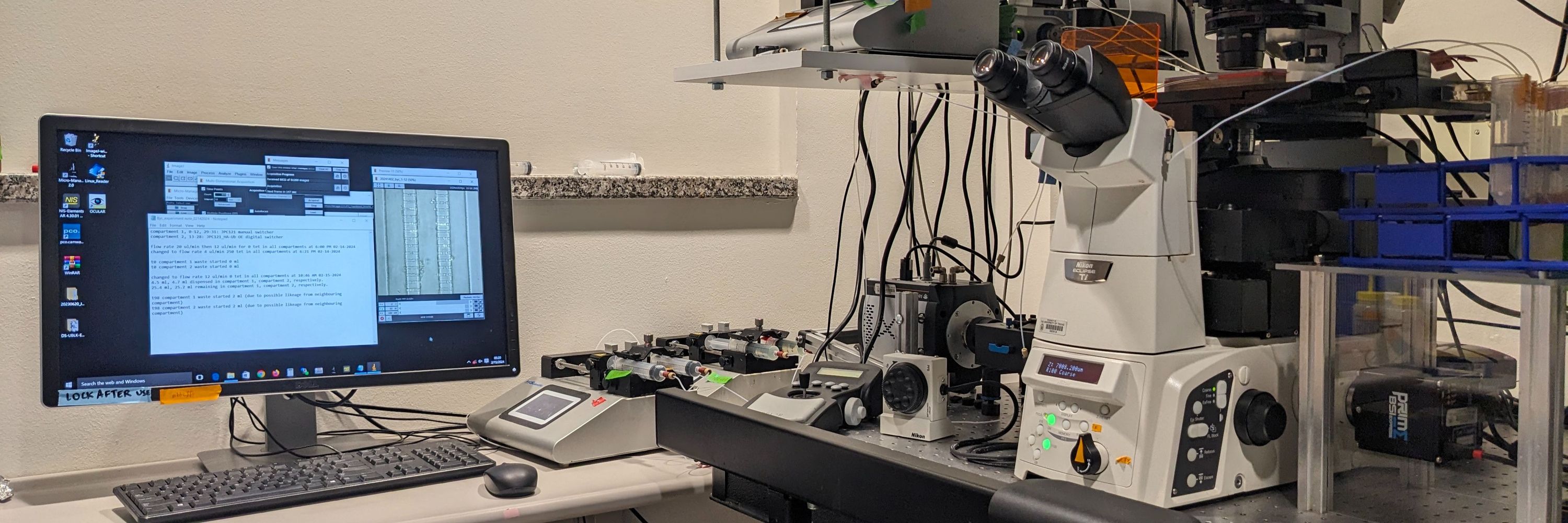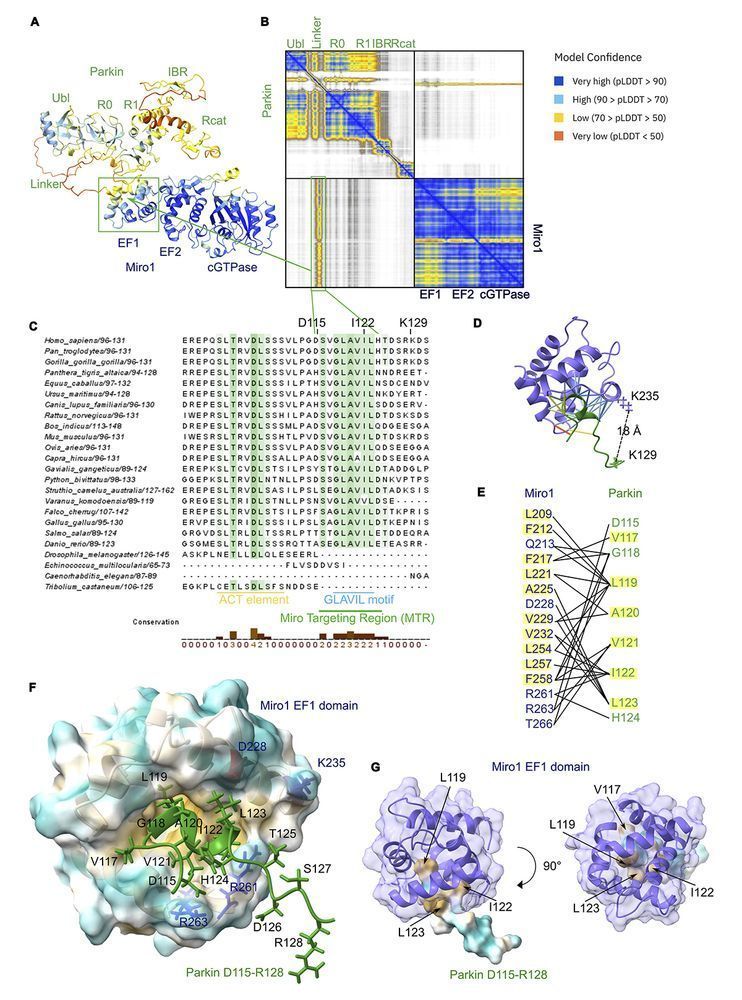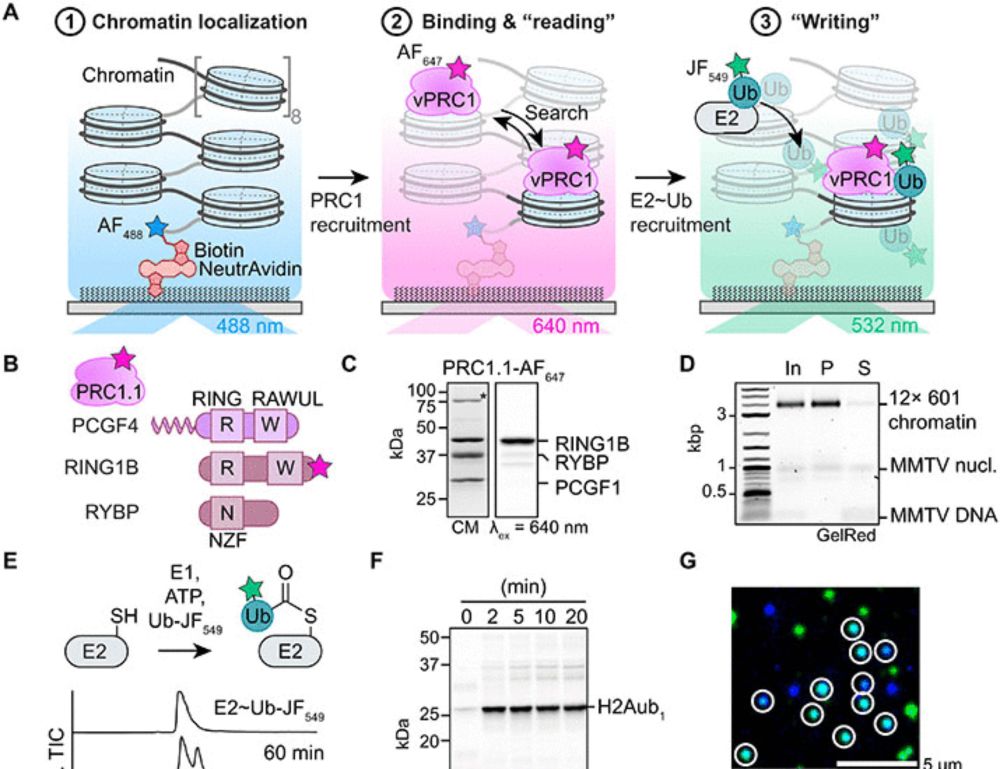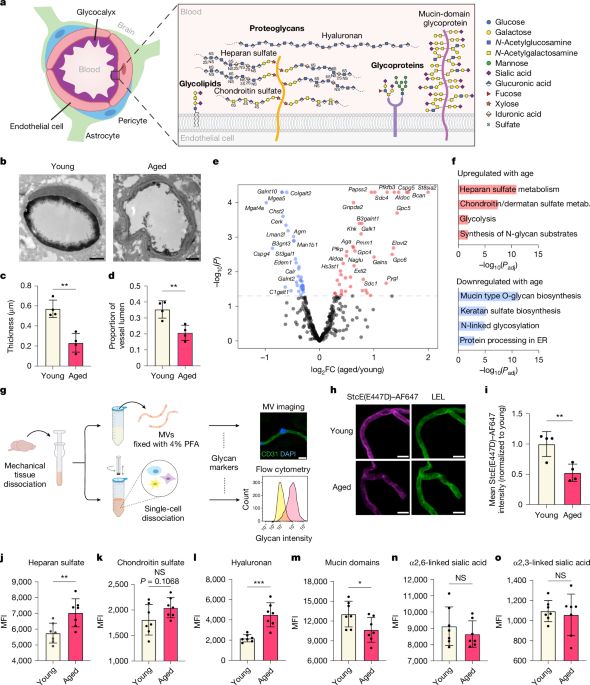Aniruddha Das
@aniruddhad.bsky.social
210 followers
95 following
19 posts
Postdoctoral Fellow at University of Texas, Ph.D. in Biochemistry | Interested in Proteostasis Network, Ubiquitin-Proteasome System, Protein Quality Control Pathways, Proteasome Complex
Posts
Media
Videos
Starter Packs
Reposted by Aniruddha Das
Reposted by Aniruddha Das
Pablo Ranea-Robles
@pranea.bsky.social
· May 31

Inhibition of peroxisomal protein PRX-11 promotes longevity in Caenorhabditis elegans via enhancements to mitochondria
Peroxisomes execute essential functions in cells, including detoxification and lipid oxidation. Despite their centrality to cell biology, the relevance of peroxisomes to aging remains understudied. We...
www.biorxiv.org
Reposted by Aniruddha Das
Sendoel Lab
@sendoellab.bsky.social
· May 26
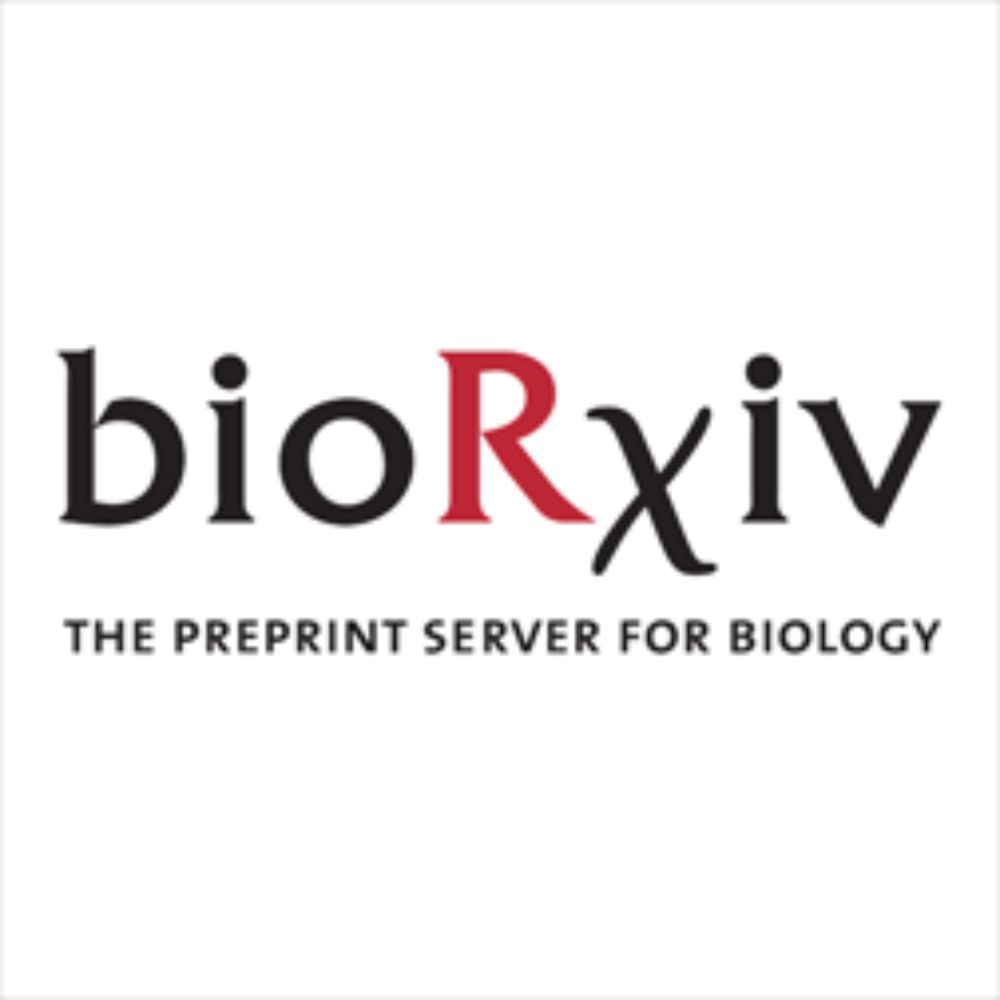
The alternative initiation factor eIF2A regulates 40S subunit turnover in ribosome-associated quality control
The noncanonical translation initiation factor eIF2A plays critical roles in diverse cellular processes, including the integrated stress response, neurodegeneration and tumorigenesis. However, the pre...
www.biorxiv.org
Reposted by Aniruddha Das
Ariel Kaplan
@arielkaplan.bsky.social
· May 27

Intrinsically disordered regions facilitate Msn2 target search to drive promoter selectivity
Transcription factors (TFs) regulate gene expression by binding specific DNA motifs, yet only a fraction of putative sites is occupied in vivo. Intrinsically disordered regions (IDRs) have emerged as ...
www.biorxiv.org
Reposted by Aniruddha Das
Samuel Maiwald
@samuelmaiwald.bsky.social
· May 26
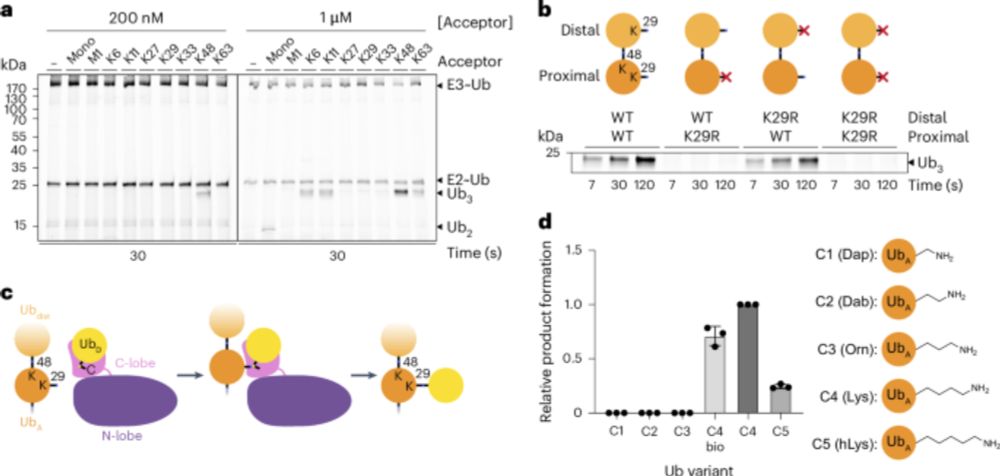
TRIP12 structures reveal HECT E3 formation of K29 linkages and branched ubiquitin chains - Nature Structural & Molecular Biology
Using biochemistry, chemical biology, and cryo-EM, Maiwald et al. elucidate how TRIP12 forms K29 linkages and K29/K48-linked branched ubiquitin chains, revealing a mechanism for polyubiquitylation sha...
www.nature.com
Reposted by Aniruddha Das
Reposted by Aniruddha Das
Dan Grabarczyk
@dangrabarczyk.bsky.social
· May 10
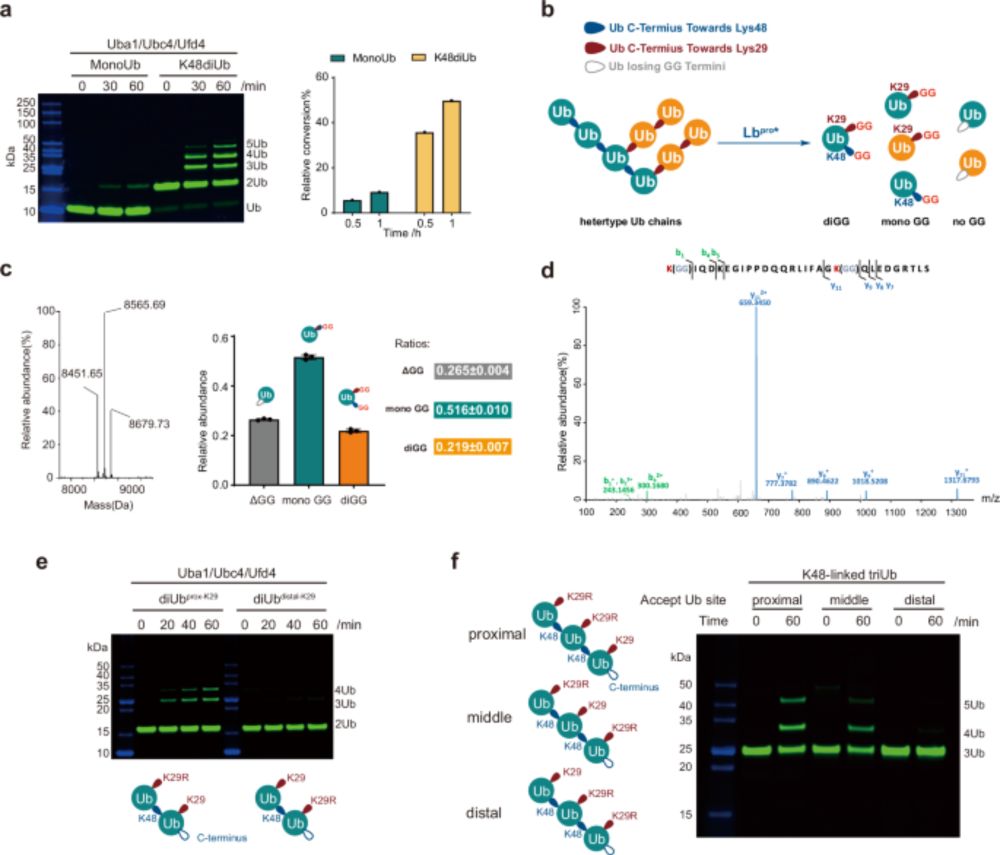
Structural visualization of HECT-type E3 ligase Ufd4 accepting and transferring ubiquitin to form K29/K48-branched polyubiquitination - Nature Communications
The K29/K48 hetero-polyubiquitin signal has been reported to be an enhanced degradation signal, but the enzymatic mechanism of this ubiquitin chain formation is unclear. Here, the authors reveal how t...
www.nature.com
Reposted by Aniruddha Das
Reposted by Aniruddha Das
Malte Gersch
@maltegersch.bsky.social
· May 5
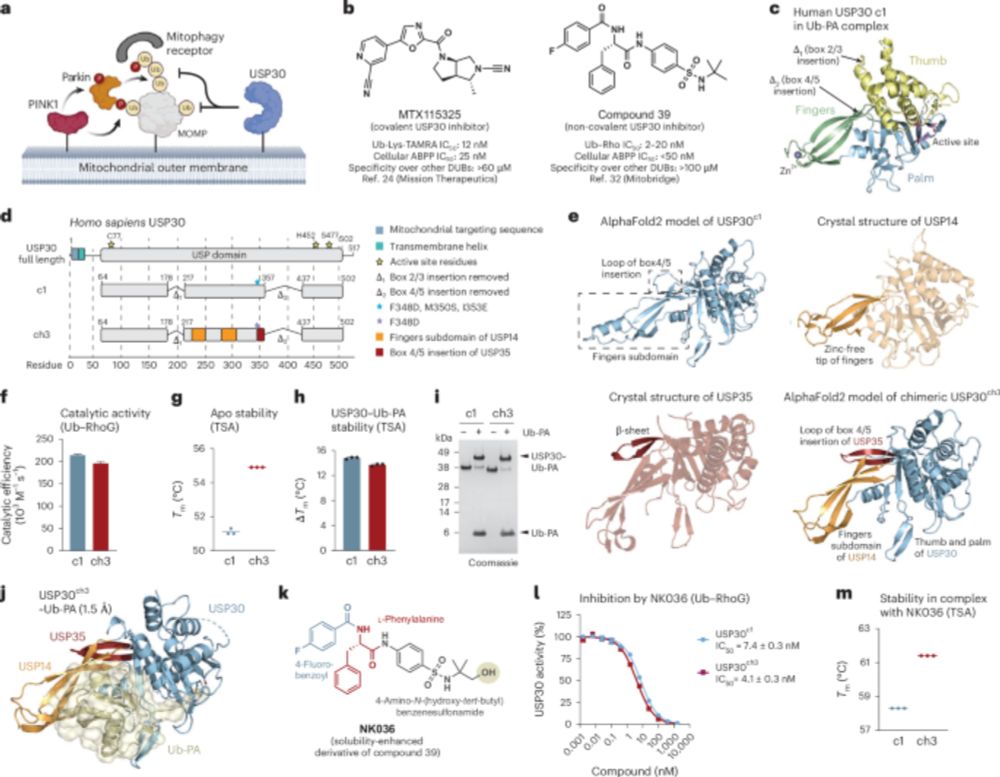
Chimeric deubiquitinase engineering reveals structural basis for specific inhibition of the mitophagy regulator USP30 - Nature Structural & Molecular Biology
Kazi et al. report the crystal structure of the mitochondrial deubiquitinase USP, a clinical stage Parkinson’s disease drug target, in complex with a specific inhibitor. The authors delineate a framew...
www.nature.com
Reposted by Aniruddha Das
JorgeBenitez
@benitezja.bsky.social
· Apr 25

Targeted protein degradation for cancer therapy - Nature Reviews Cancer
Targeted protein degradation (TPD) is an emerging pharmacological modality in cancer therapy. In this Review, Hinterndorfer et al. outline the mechanistic bases of TPD and discuss the characteristics,...
www.nature.com
Reposted by Aniruddha Das
Reposted by Aniruddha Das
Leo Kiss
@leokiss.bsky.social
· Mar 24
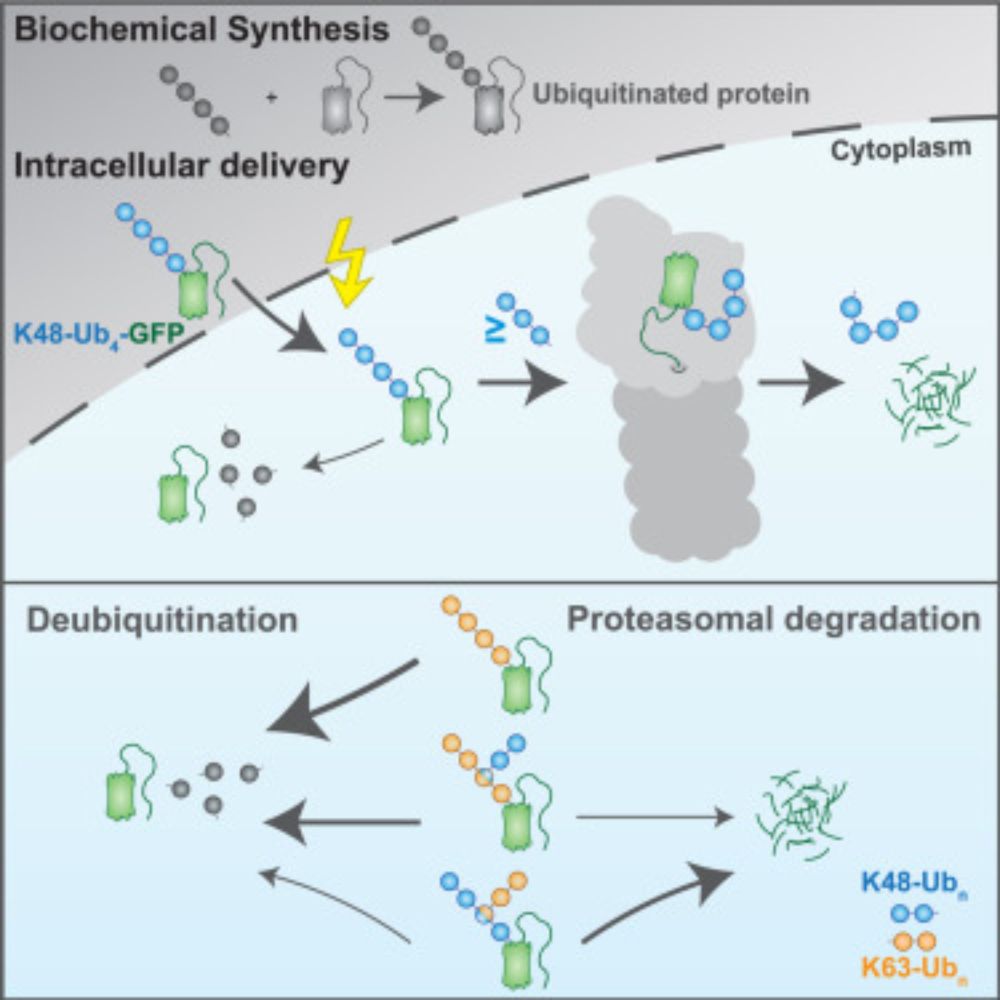
UbiREAD deciphers proteasomal degradation code of homotypic and branched K48 and K63 ubiquitin chains
Ubiquitin chains determine the fates of their modified proteins, including proteasomal
degradation. Kiss et al. present UbiREAD, a technology to monitor cellular degradation
and deubiquitination at hi...
www.cell.com
Reposted by Aniruddha Das
Reposted by Aniruddha Das
Mike Cohen
@michaelnadbio.bsky.social
· Feb 25
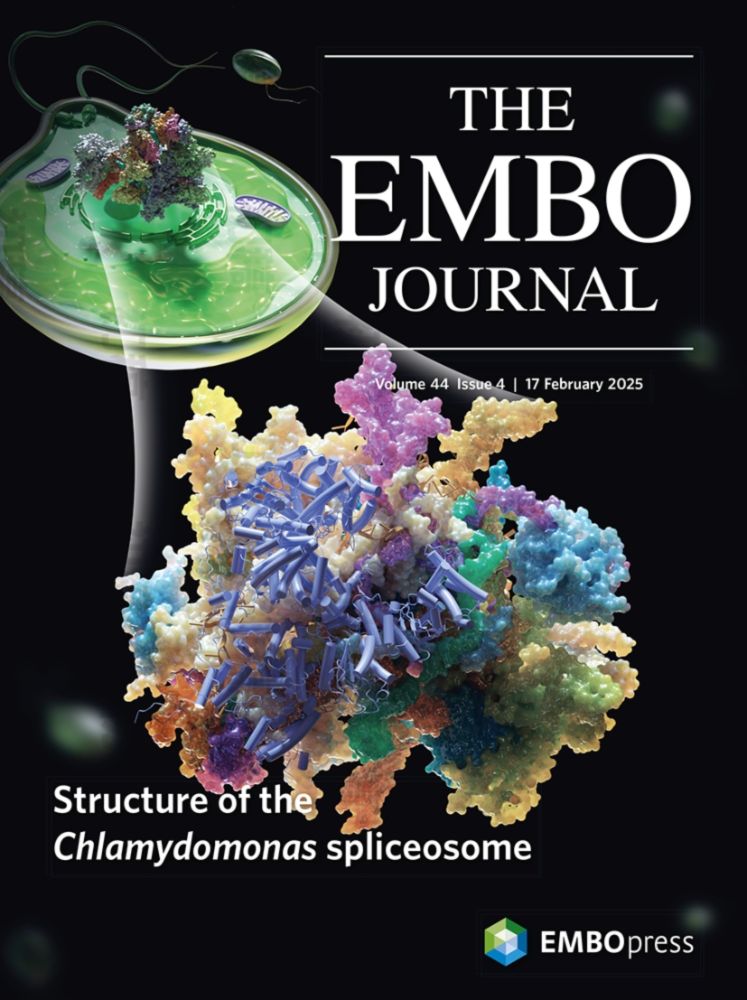
Ubiquitin is directly linked via an ester to protein-conjugated mono-ADP-ribose | The EMBO Journal
imageimageCertain E3 ligases have been found to ubiquitylate hydroxyl groups on free NAD+ and
ADP-ribose in vitro, but the in vivo occurrence of this dual post-translational modification
has remained ...
www.embopress.org
Reposted by Aniruddha Das
Susan Shao
@sshaolab.bsky.social
· Feb 24
Reposted by Aniruddha Das
Matt Bogyo
@mbogyo.bsky.social
· Feb 25

Identification of Covalent Cyclic Peptide Inhibitors Targeting Protein–Protein Interactions Using Phage Display
Peptide macrocycles are promising therapeutics for a variety of disease indications due to their overall metabolic stability and potential to make highly selective binding interactions with targets. R...
pubs.acs.org
Reposted by Aniruddha Das
Francesco Scavone
@fscavone.bsky.social
· Feb 14

RIOK3 mediates the degradation of 40S ribosomes
Huang et al. identify a pathway for stress-induced 40S ribosome degradation: 40S ribosomes
ubiquitylated by RNF10 are subsequently bound by the atypical kinase RIOK3, which
mediates their degradation ...
www.cell.com
